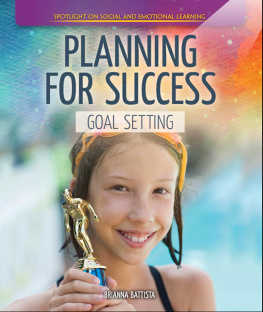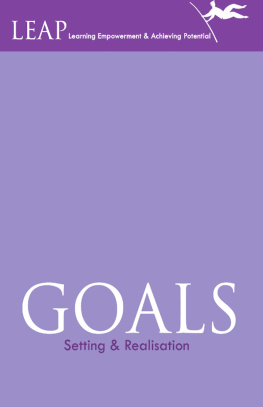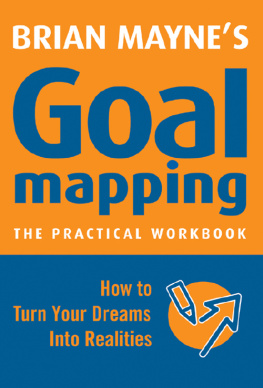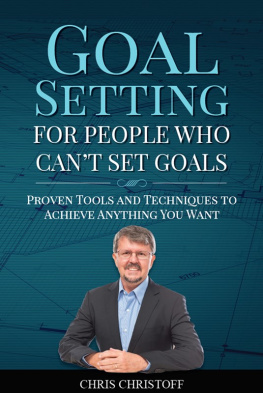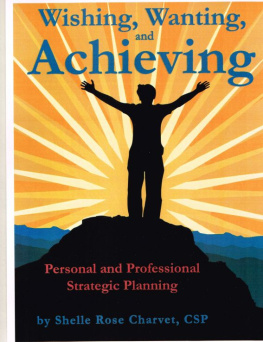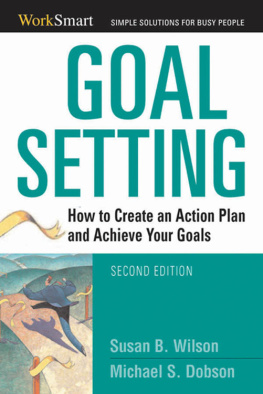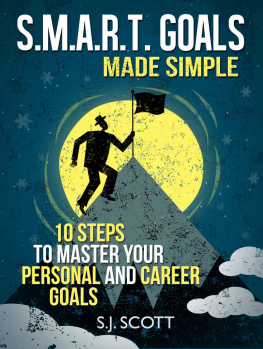Published in 2020 by The Rosen Publishing Group, Inc. 29 East 21st Street, New York, NY 10010
Copyright 2020 by The Rosen Publishing Group, Inc.
All rights reserved. No part of this book may be reproduced in any form without permission in writing from the publisher, except by a reviewer.
Editor: Rachel Gintner
Designer: Michael Flynn
Photo Credits: Cover Picturenet/Blend Images/Getty Images; cover, pp. 1, 36, 8, 1012, 14, 16, 18, 20, 2224 (background) TairA/Shutterstock.com; p. 4 lassedesignen/Shutterstock.com; p. 5 NASA/Roger Ressmeyer/Corbis/VCG/ Getty Images; p. 6 Tiffany Bryant/Shutterstock.com; p. 7 Kekyalyaynen/Shutterstock.com; p. 9 mooinblack/Shutterstock. com; p. 10 Leonard Zhukovsky/Shutterstock.com; p. 11 Jemal Countess/Getty Images; p. 13 Alexxndr/Shutterstock.com; p. 15 Chip Somodevilla/Shutterstock.com; p. 16 Lotus_studio/Shutterstock.com; p. 17 4 PM production/ Shutterstock.com; p. 19 Rachel Murray/Getty Images; p. 21 Images Source/Vetta/Getty Images; p. 22 Kaspars Grinvalds/Shutterstock.com.
Cataloging-in-Publication Data
Names: Battista, Brianna.
Title: Planning for success: goal setting / Brianna Battista.
Description: New York : PowerKids Press, 2020. | Series: Spotlight on social and emotional learning | Includes glossary and index.
Identifiers: ISBN 9781725302082 (pbk.) | ISBN 9781725302273 (library bound) | ISBN 9781725302181 (6pack)
Subjects: LCSH: Goal (Psychology)--Juvenile literature. | Emotions--Juvenile literature. | Motivation (Psychology)-Juvenile literature.
Classification: LCC BF505.G6 B38 2020 | DDC 158.1--dc23
Manufactured in the United States of America
CPSIA Compliance Information: Batch #CSPK19. For further information contact Rosen Publishing, New York, New York at 1-800-237-9932.
CHAPTER one
READY TO CHASE YOUR DREAMS?
Do you ever dream of achieving something great in the future? Maybe you hope that youll be an honor roll student this year. Or maybe youd like to be an astronaut and travel to outer space when you grow up! It can be fun to let your imagination run wild and to dream up different possibilities for your future. But once you feel serious about an idea and you want to make it become real, its time to set a goal.


Mae Jemison, the first African American woman in space, knew she wanted to be a scientist even when she was a little girl.
A goal is different from simply having a hope or a wish for the future. Goals help us narrow our focus, make a plan, and figure out how to stick to our vision. Learning how to set goals is an important skill you need to make your dreams happen. Goals are the stepping-stones we take toward our dreams!
CHAPTER two
CHOOSING A GOAL
Whats the best way to get started when choosing a goal? First, think of something youd like to do. Have an idea in mind? Great! If not, a good place to begin is with some activities you already spend time on. The second step is to make sure the goal is specific. The more specific a goal is, the better youll be able to create steps that will help you work toward achieving it.
A specific goal usually has a deadline, or a due date, and a way to measure your success. For example, if you want to win a spelling bee, you would find out exactly when the next contest is happening so you have a clear deadline. One way you can measure your progress is by counting the number of words you learn along the way.

Its time to pick a goal! What do you want to achieve? Try writing your thoughts down to help you get started.
CHAPTER three
FIND YOUR WHY
After youve picked a goal that feels specific, its time to look at it a little more closely. Why do you want this goal? Its good to understand why the goal is important to you. If you feel connected to the reason for your goal, youll want to work harder to make it happen. Having a goal you care about will push you forward!
Its also a good time to start researching more about your goal. Its possible that the goal can help other people in a way you arent even aware of. All this information helps add importance to your goal.
Once youve found your why, write it in large letters on a piece of paper. Put it in a place where youll see it every day. Again, the shorter and more specific the goal, the better!

Lets pretend that one of your goals is to run a race. There may be races in your community that help raise money for important causes and charities. Maybe theres a cause you care about that you can support by running!
CHAPTER four
WHO CAME BEFORE YOU?
Chances are, someone else before you has wanted to achieve a similar goal to your own. Who were the people in the past who thought like you? Its up to you to research and find out. If someone has already done what you want to do or achieved something similar, then theyve created a path for you to follow! You can see what helped them succeed.

Professional tennis player Nenad Zimonjic signs autographs for fans after practice.
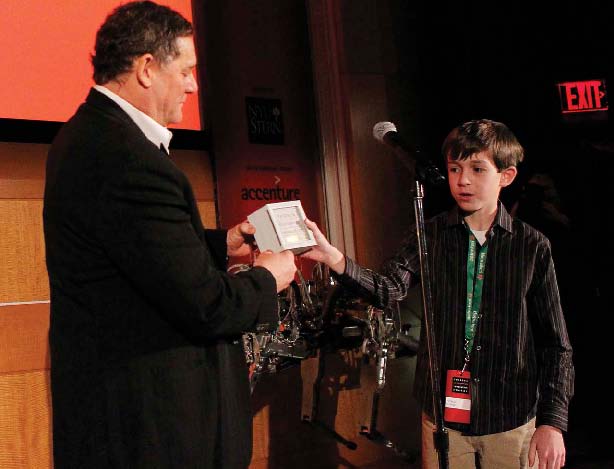
The skys the limit. Thomas Suarez is shown here accepting an award for his work on smartphone apps. He launched his first app when he was 9 years old!
You can also see what other people may have tried that didnt work for them. Thats valuable information that you can base your strategy, or plan,on. You dont have to start from scratch and think of everything all by yourself. Its important that we learn from the people who came before us. We can follow the lead of other successful goal setters! After all, you may have a lot in common, and sometimes history repeats itself!
CHAPTER five
BREAK IT DOWN!
It can feel overwhelming when youre trying to learn something new. The trick is to take your big goal and break it down into smaller steps. Make sure you can do these steps comfortably or at the skill level youre at now. Ask yourself, what can you take action on and practice doing right now?
It helps to work backward, too. For example, what do you need to do to win a spelling bee? You need to know how to spell a lot of words. How can you learn more words? One idea is to make a list of

